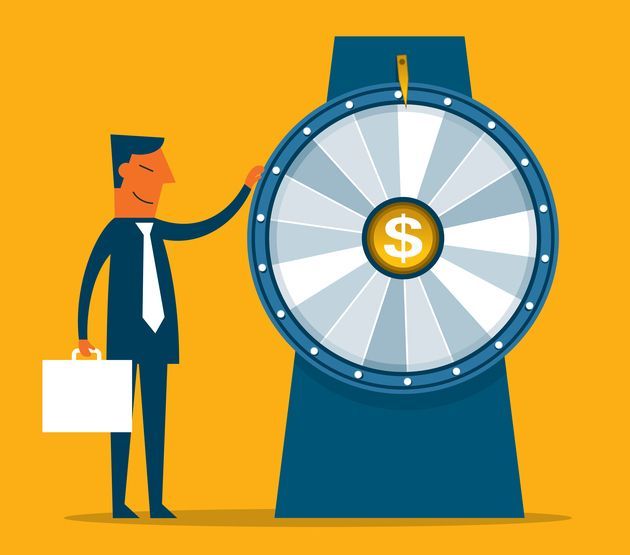The tipping point's tipping point
The B2B industry has spent much of the past year or so obsessing over the "tipping point" -- that point in time when a brand's absolute growth in online dollars surpasses the decline in print revenue.
Predictably, it happened first in the world of tech publishing. And it shouldn't have been a surprise to anyone that the first company to get there was IDG, which is clearly the leader in Web-based journalism among traditional companies. (Note: just for laughs, take a look at the work done on any IDG site and then compare it to what's done on rivals' sites. Or, if you're rushed for time, take a quick look at this post blasting Ziff Davis Media for its offensive practices. For more on Ziff Davis and the company's inability to behave responsibly, read this earlier post of mine.)
But today may mark a new point in the tipping-point conversation. A recent survey by Ad Age suggests that the gain in online revenue at consumer magazines may be surpassing the gains made at the average B2B brand.
You can read Ad Age's piece here. Or, even better, go straight to David Kaplan's piece on PaidContent. Pay particular attention to the section about Time Warner, which says that Money, Fortune and Fortune Small Business generated 24.5% of their 2007 revenue from CNNMoney.com. That's nearly double the 12.5% of a year earlier.
I find numbers like that a bit disconcerting. And here's why:
I think it's safe to say that the number of traditional B2B brands that generate a quarter of their revenue online is pretty small. In fact, it's probably safe to say that much of the B2B world has yet to reach even 10%, and there are still brands out there where online is less than 5% of overall revenue.
Second, We can talk all day about the differences between the specialized world of B2B and the broader consumer-focused world of business and personal-finance publishing. But there are some crucial similarities -- particularly that both are seeing a steady rise in print costs, a shift of readers to online, and the growing dominance of the Web by online-only competitors.
Or, to put it another way, both B2B and consumer-finance magazines have to get to the tipping point quickly if the brands are to survive.
So when I see what's happening not just at cutting-edge, technology focused brands like Network World but at old, wounded, print-based brands like Fortune, I can't help but wonder:
why does so much of B2B continue to lag?
Note: It's been almost a year to the day since I suggested that the time had come for B2B journalists to begin planning for the individual tipping points in their own careers. I think that is even more important in October 2008 than it was in October 2007. More importantly, it may be too late now for many print-based journalists and advertising-sales staff.
(Disclosures: 1. IDG is a client of mine. And my next assignment there will involve meeting with the staff of Network World later this month. 2. I was once a producer at CNNfn.com, the predecessor of CNNMoney.com.)
tags: journalism, b2b, media, trade press, magazines, newsletters, business media, journalism ethics, advertising




